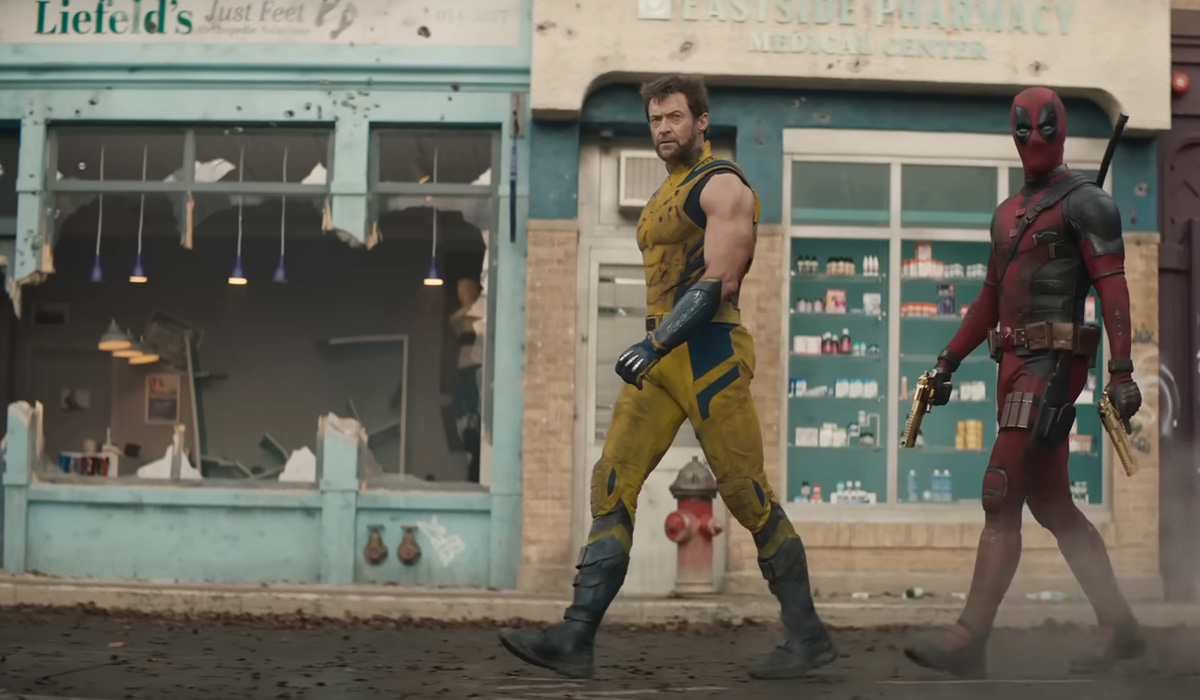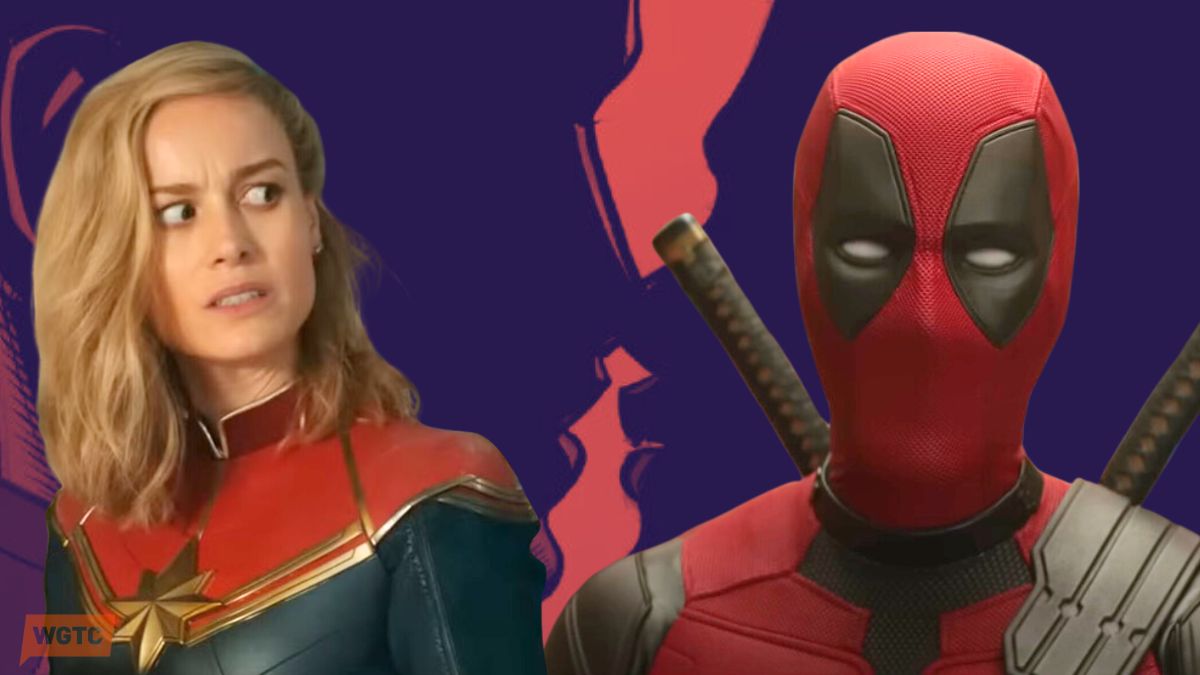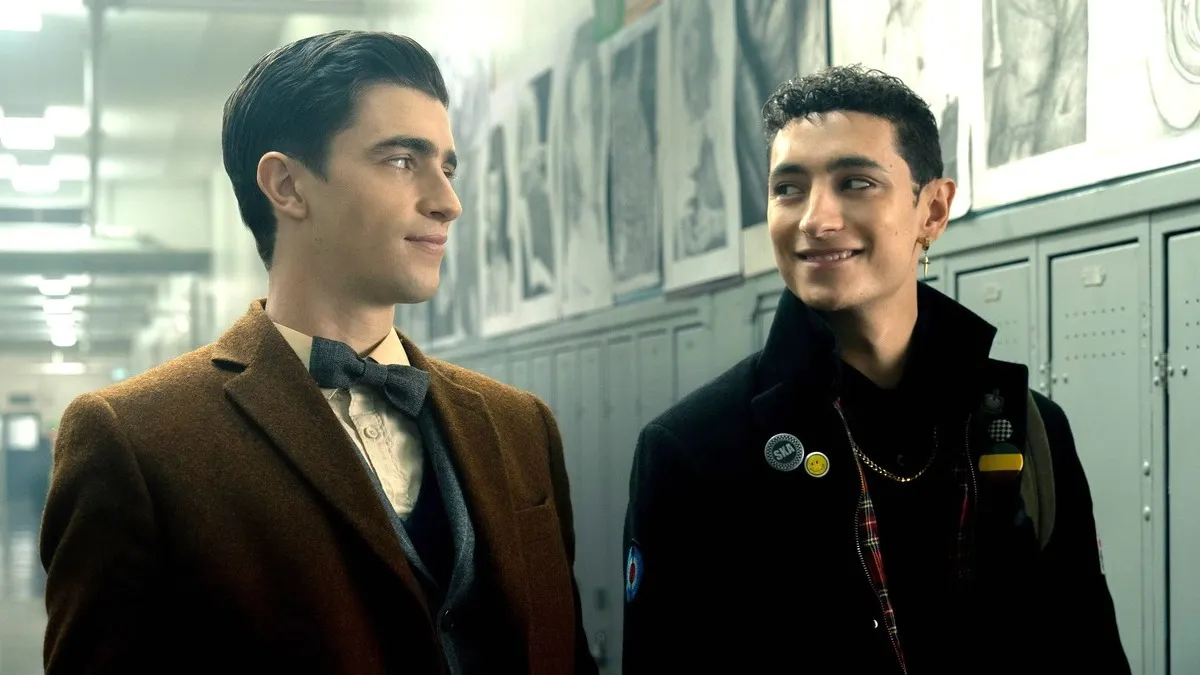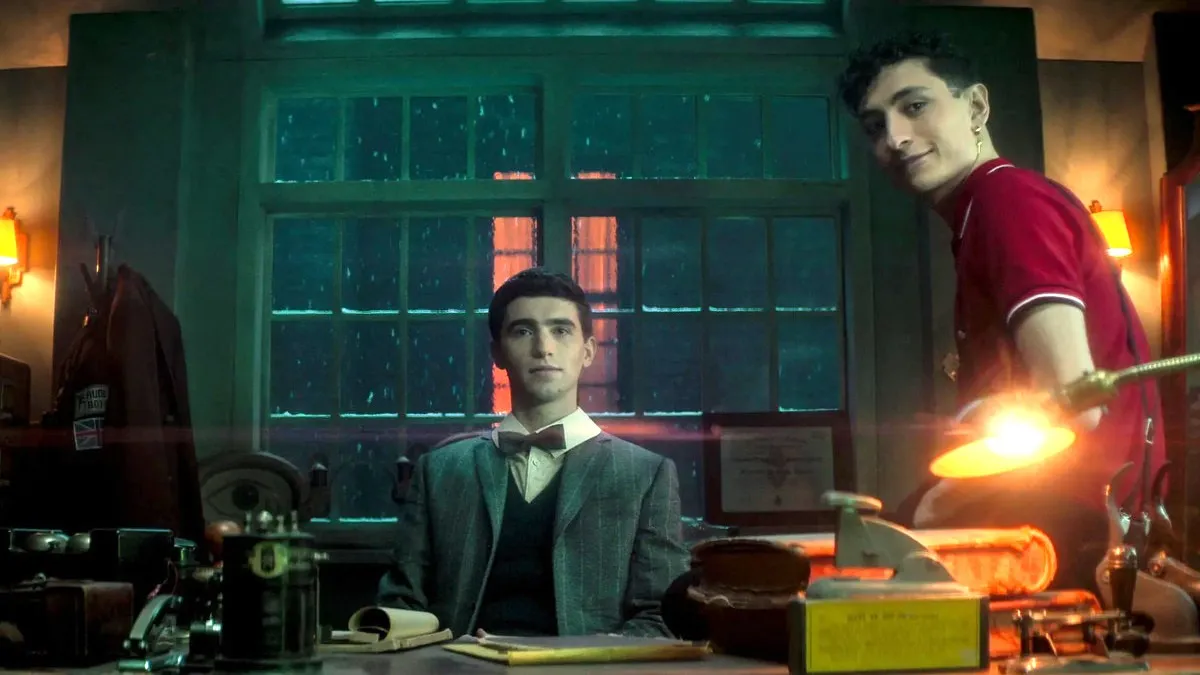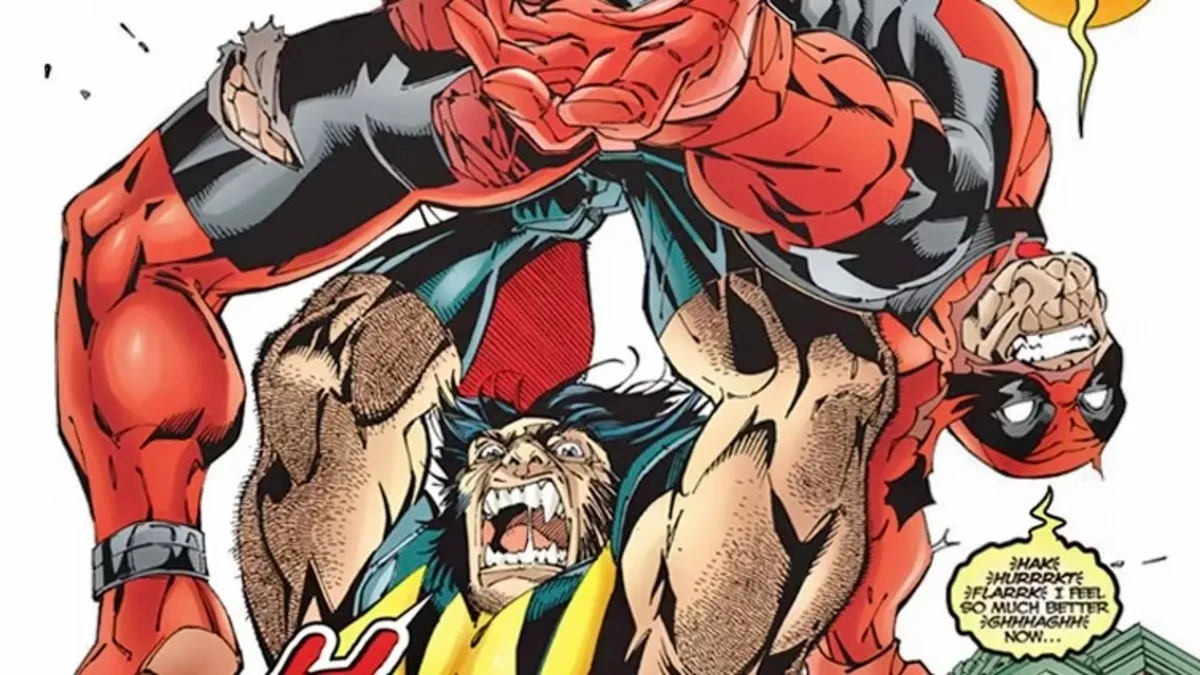This review is based off a volume that collects Justice League: Rebirth #1 and Justice League #1-5
It’s without question that the Rebirth era has given us some exceptionally good comics to read, whether it be Superman, Green Arrow or Harley Quinn. So, one would logically think that a title such as Justice League Vol. 1: The Extinction Machines would be a grand slam, right? Well, unfortunately, the colossal stature of the book’s antagonists is rivaled only by how much of a disappointment this tome ended up being.
But before we get to the negative aspects, let’s go back to the beginning when I still had hope for the title. This collected edition opened with what was originally printed in Justice League: Rebirth #1, which was actually pretty decent and set a larger than life precedent that led to writer Bryan Hitch biting off more than he could chew.
In short, the opening chapter sees the remaining Leaguers – Batman, Wonder Woman, the Flash, Aquaman and Cyborg – forced to deal with a giant insect beyond Cloverfield proportions attacking a populated area. It even spawns smaller lifeforms that provide a great challenge for our heroes and can overtake peoples’ minds, Starro-style.
Delivering the big widescreen action one would expect from Hitch (who also drew this prologue of sorts), it’s not exactly the origin story we got at the start of the New 52, but it acts as a good jumping on point given that this is when the pre-Flashpoint Superman and Green Lanterns Simon Baz and Jessica Cruz joined the team.
Speaking of the older Superman, one of the running themes of the book is whether he’s to be trusted. Being a Superman, he’s somewhat given the benefit of the doubt by his peers while having to prove himself via trial by fire. This was indeed something that had to be touched on, but the personal journeys Big Blue, Simon and Jessica embark on echo what can be found in the pages of Action Comics, Trinity and Green Lanterns a little too closely. And, quite frankly, each of those had better execution.
As for the bulk of the interiors, they’re manned by the incomparable Tony Daniel, who continues to show why he’s one of the industry’s best pencilers. And thanks to longtime collaborators in inker Sandu Florea and colorist Tomeu Morey, each and every page offers the most robust eye candy imaginable. It’s also cool to see how Daniel is able to retain his visual style yet make whatever he’s currently working on distinct from previous projects. In other words, some of DC’s heaviest hitters won’t look exactly the same as they did in titles such as Detective Comics and Superman/Wonder Woman.
When The Extinction Machines story proper kicks off, all the planet’s fault lines suddenly become active, causing global catastrophe. While it’s quite obvious that the League would need to spread themselves out all over the world, I felt they spent too much time apart in this volume. Furthermore, the story lacked any memorable moments shared between characters and instead decided to focus more on each of them giving Cyborg sitreps via communication link. This really was a case of style over substance.
As I intimated earlier, Hitch tried to go too big with this one. Aside from the Kindred – godlike beings who manifest via collecting thousands of humans – we have to deal with alien invaders the Purge, who are way too similar to the Reaper seen in the prologue. And then we have the Extinction Machines themselves at the Earth’s core. The book is just way too busy. We’ve all heard the old adage of having too many chess pieces on the board, but this is one of those instances when some kid also throws pieces from Monopoly and Clue into the mix. Not only did much of what was offered feel unnecessary, every threat presented was incredibly bland.
It’s my opinion that Hitch could really benefit from having a co-writer because while his ideas are grandiose, the end product often misses the mark. Justice League is a book that should employ the greatest of talents and serve as DC’s flagship book as opposed to being a clinic in mediocrity. It’s quite unfortunate that the publisher’s other major team-up books – Teen Titans, Titans and Suicide Squad – outclass this one in virtually every way on a regular basis. It may be best to skip this offering and wait for February’s Justice League of America #1, which I suspect will provide the very prescription we require.



















